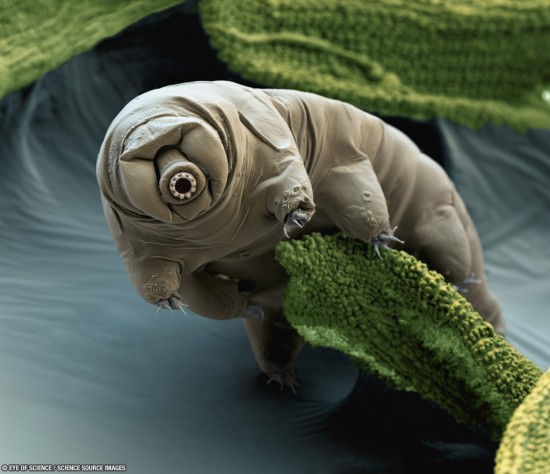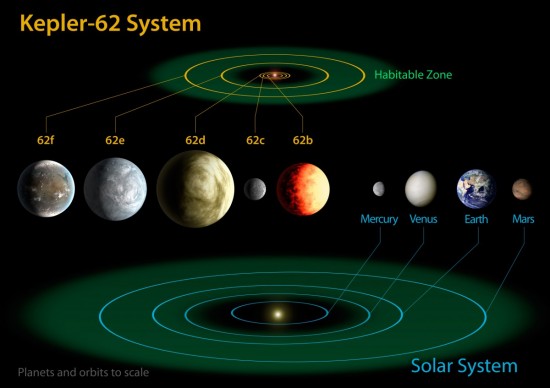Plastic Bag Found at the Bottom of World’s Deepest Ocean Trench
A recent study revealed that a plastic bag, like the kind given away at grocery stores, is now the deepest known piece of plastic trash, found at a depth of 36,000 feet inside the Mariana Trench. Scientists found it by looking through the Deep-Sea Debris Database, a collection of photos and videos taken from 5,010 dives over the past 30 years that was recently made public.


